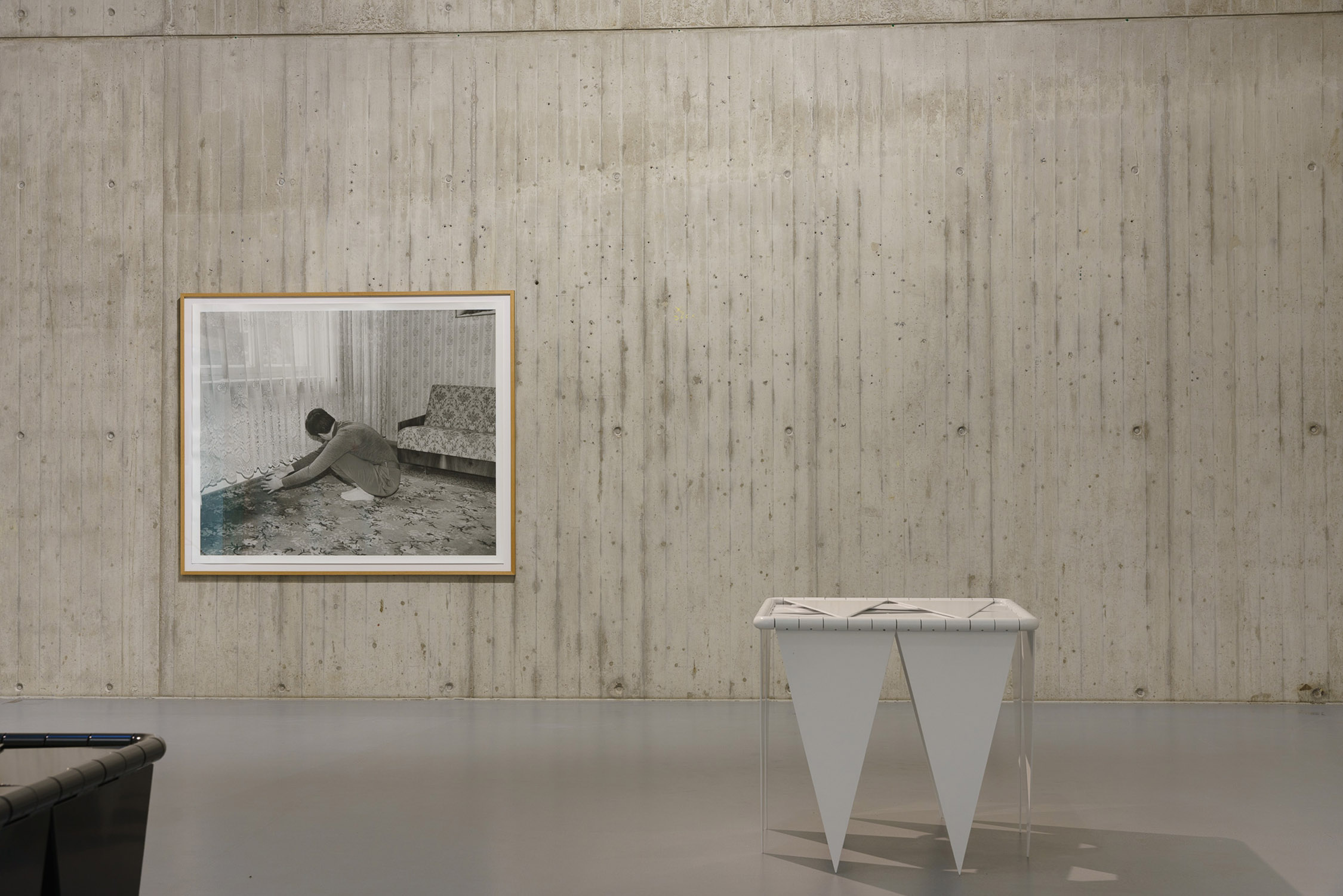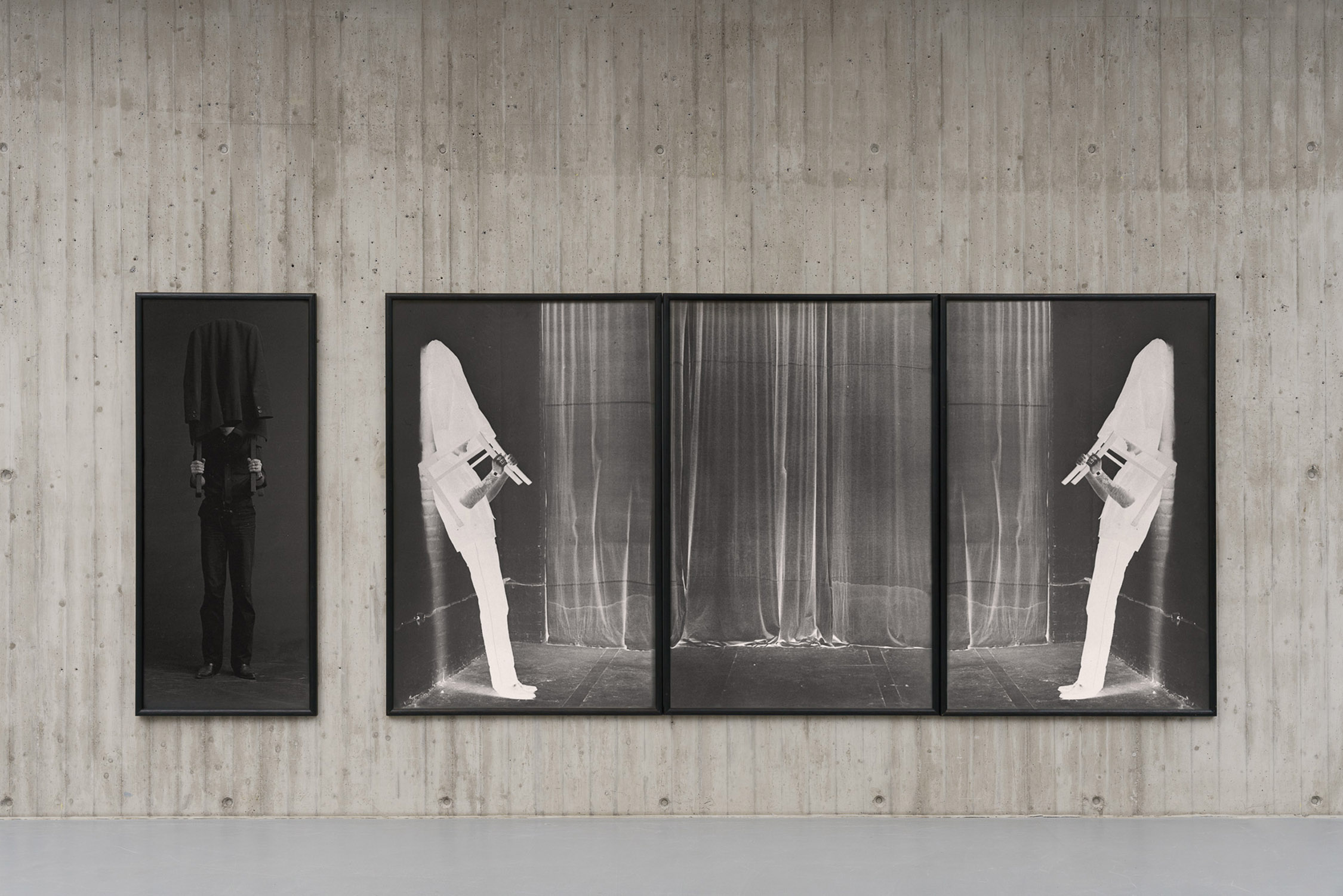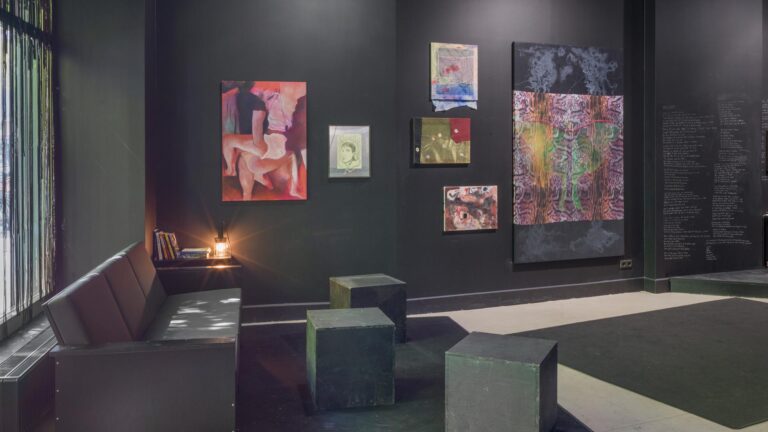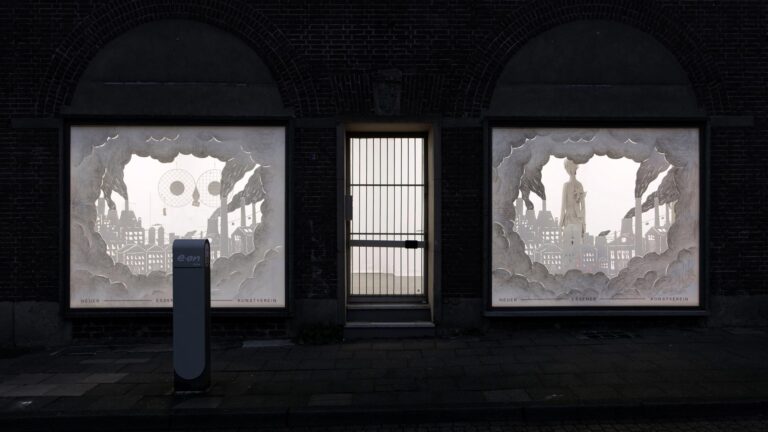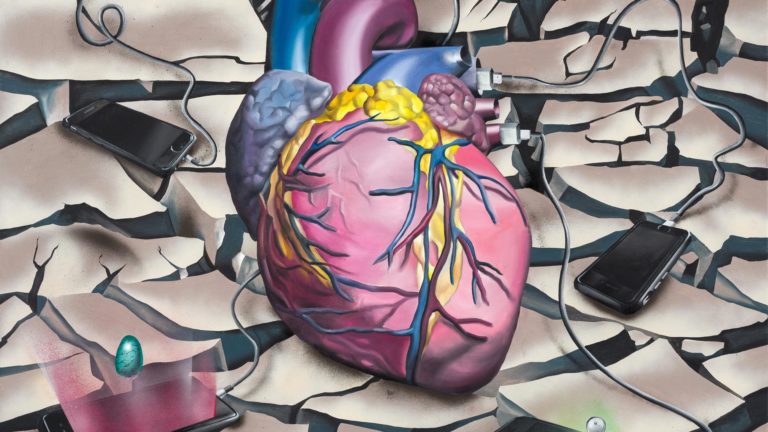Artists: Valie Export, Toni Schmale, Jürgen Klauke, Joanna Piotrowska, Agata Ingarden
Exhibition title: Stranger Things
Venue: Neue Galerie Gladbeck, Gladbeck, Germany
Date: May 3 – June 30, 2024
Photography: all images copyright and courtesy of the artists and Neue Galerie Gladbeck
The group exhibition Stranger Things presents works by artists Toni Schmale (*1980, DE), Jürgen Klauke (*1943, DE), Joanna Piotrowska (*1985, POL), Agata Ingarden (*1994, POL) and VALIE EXPORT (*1940, AUT). The title of the exhibition resembles that of an American science fiction mystery series from 2016. Although the exhibition has little or nothing to say about aliens, and coming-of-age does not play a major role, it looks for the unknown where we might least expect it: because the alien is in us, in our bodies, in our furniture, under our skin, or in our perception of information and history. As well as looking at individual experiences, the exhibition is also concerned with broader dynamics that influence human behaviour and perception. Stanger Things is about the strangeness and weirdness of the things that surround us, the seemingly unknown contained in undiscerning systems, as well as the weirdness that inhabits us and how we relate to it all.
In her 1976 work “Petri / fication” after: William Blake, Naomi entreating Ruth and Orpah to return to the land of Moab, 1795, VALIE EXPORT examines cultural expectations of the female body and its representation in art and society. She transfers the poses of two women from a painting by the painter and poet to photographs of her own body to explore the adaptation of the female body to cultural norms and the influence of the male gaze.
Jürgen Klauke’s series “PROSECURITAS”, created in the late 1980s and early 1990s, is about intense self-reflection. The images are staged and not directly related to performances such as the “FORMALISIERUNG DER LANGEWEILE” (Fromalisation of boredom), shown here, although they also create a performative effect. In earlier works, the images take on a more theatrical form. Klauke uses lighting and choreography to create melancholy images, the effect intensified by the somber black and white. In ‘PROSECURITAS’, lively scenes evolve into a kind of still life in which objects such as chairs (here: Beseelung/Stuhl, 1992-93) or Klauke’s own skeleton float lifelessly in an indefinable space, revealing their insides.
In 2020, Toni Schmale created a work called “vagina dentata”, which consists of two sculptures. They explore post-feminist themes and gender roles, with the title alluding to a symbolic concept of teeth. In contrast to the intimacy of the vagina, the tooth or tooth ornament is also a symbol of public space with historical and contemporary socio-cultural context, especially in the rap and hip-hop scene. The sculptures represent opposites such as intimacy and publicity, and play with levels of meaning, attributions, and continuous movement. Their design is reminiscent of Viennese Modernism and illustrates the organ as sculpture, body, and machine.
Joanna Piotrowska’s staged black-and-white photographs often show people in private spaces and in enigmatic poses. The images have a dreamlike quality that leaves the viewer pondering and somewhat uncanny. Inspired by contemporary dance, she choreographs the scenes so that the human body becomes the center of expression. From a psychoanalytical perspective, Piotrowska is interested in the private sphere, the family and the role of women in society. As a result, her photographs also address the political and structural aspects in which her subjects are embedded.
Agata Ingarden shows two sculptures from 2019, “Egg Power Plant” and “Plant Power Egg”, which deal with the physical as a kind of energetic cycle. Artfully welded metal pipes lead from the floor to panels of acoustic foam and quail eggs, as if waiting for the sun to generate energy. Throughout art history (and around the world), the egg often symbolizes fertility and world creation, the beginning of life. Ingarden’s eggs are covered with a strange layer, some broken or damaged. Here, living and dead material combine to create an object that has the potential to speak about the body mystically as an open membrane.
The group exhibition brings together photographic works and sculptures or objects, all of which have an inherent physical and yet strangely intangible moment. Historical works from the 1970s and 80s are juxtaposed with contemporary works, and despite their different contexts, they are close to each other in order to dissect and reveal the unknown in their own way. Similar to psychophysics, the relationship between mental processes and physical stimuli is examined on an interdisciplinary level. Sociodynamic questions can also be opened up and be explored through in-depth artistic investigation.

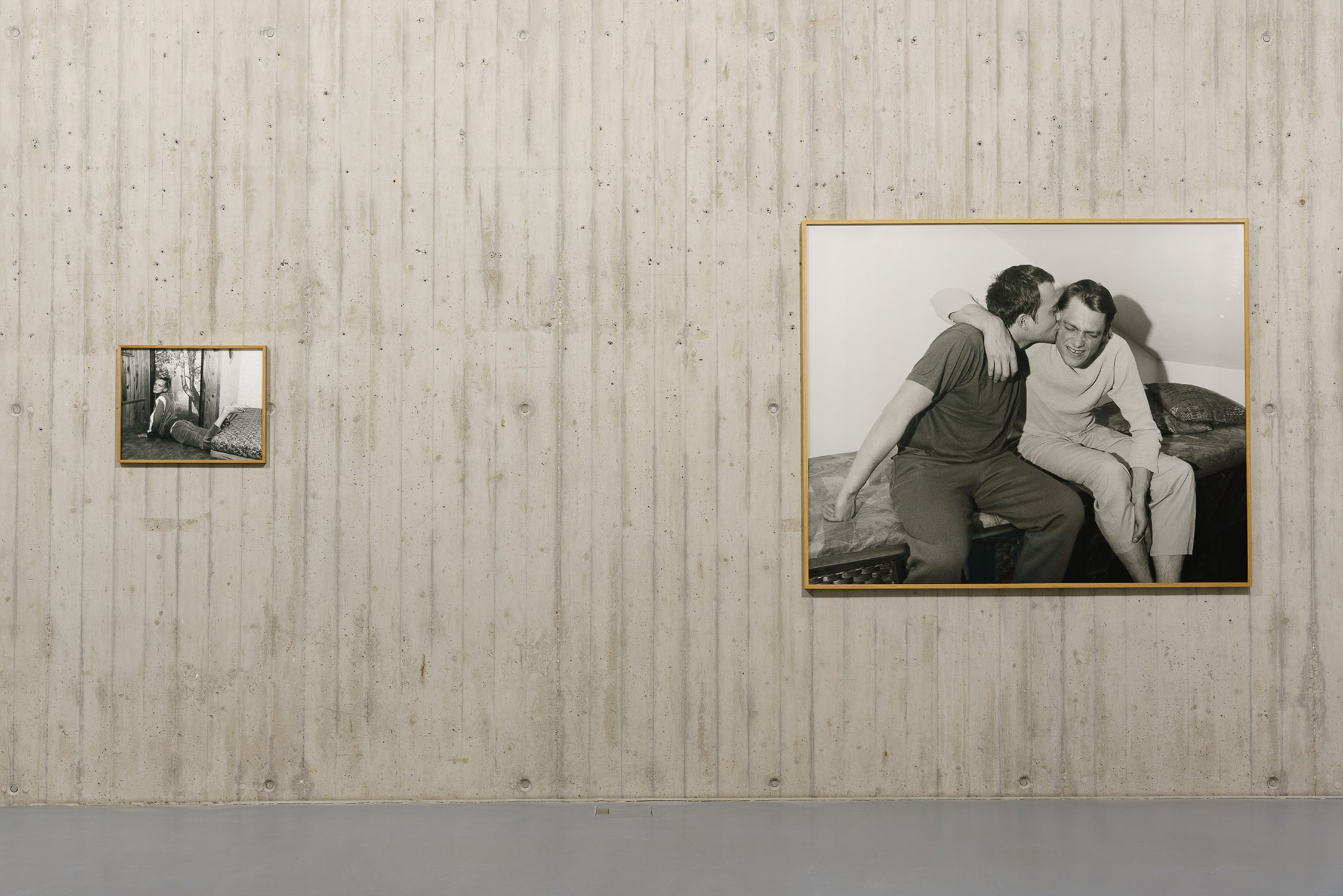
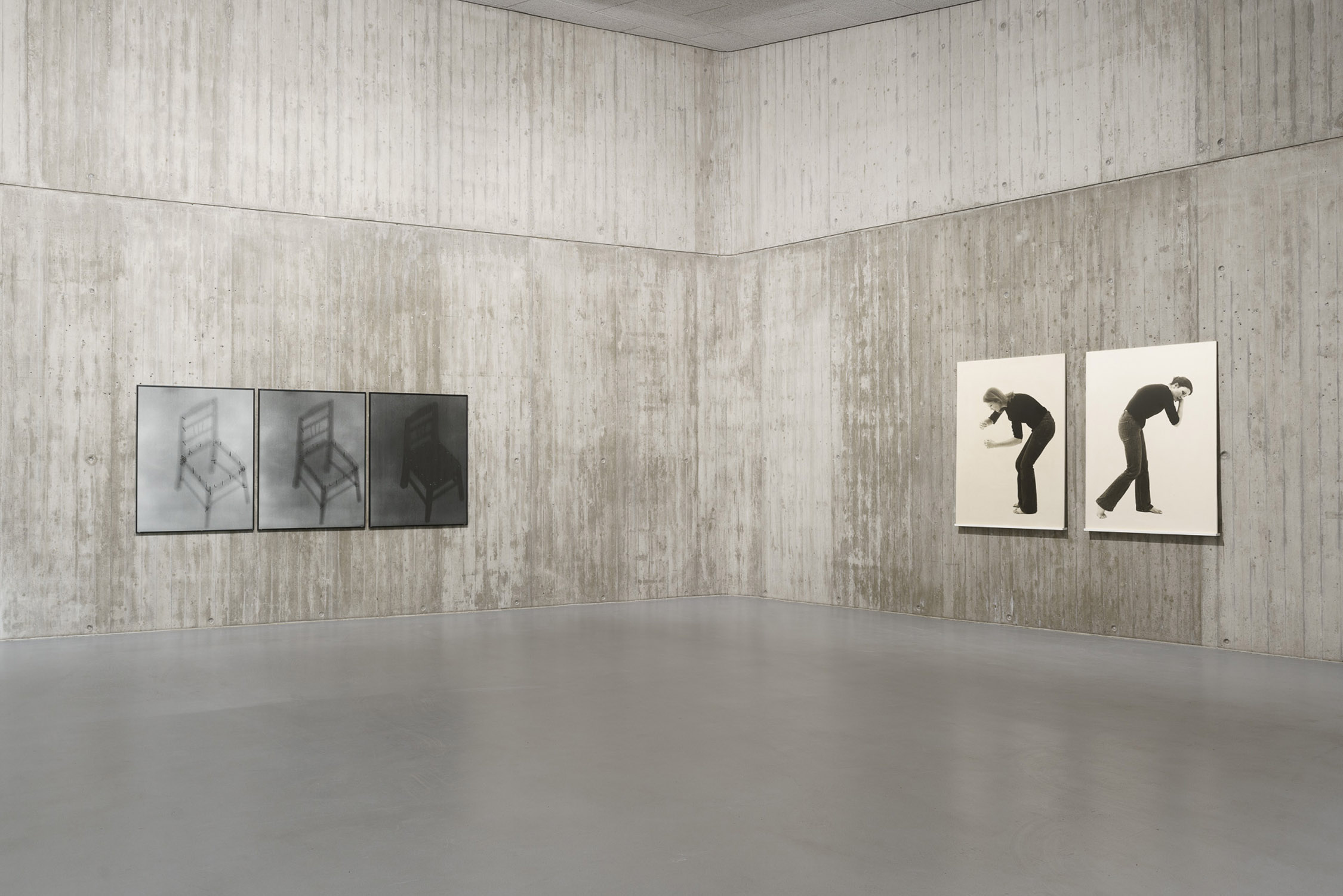
Body position: Reproduction silver gelatine print on fiberboard, 140×100cm. Photo: Jana Buch, courtesy of the artists and Neue Galerie Gladbeck. Curated by Luisa Schlotterbeck
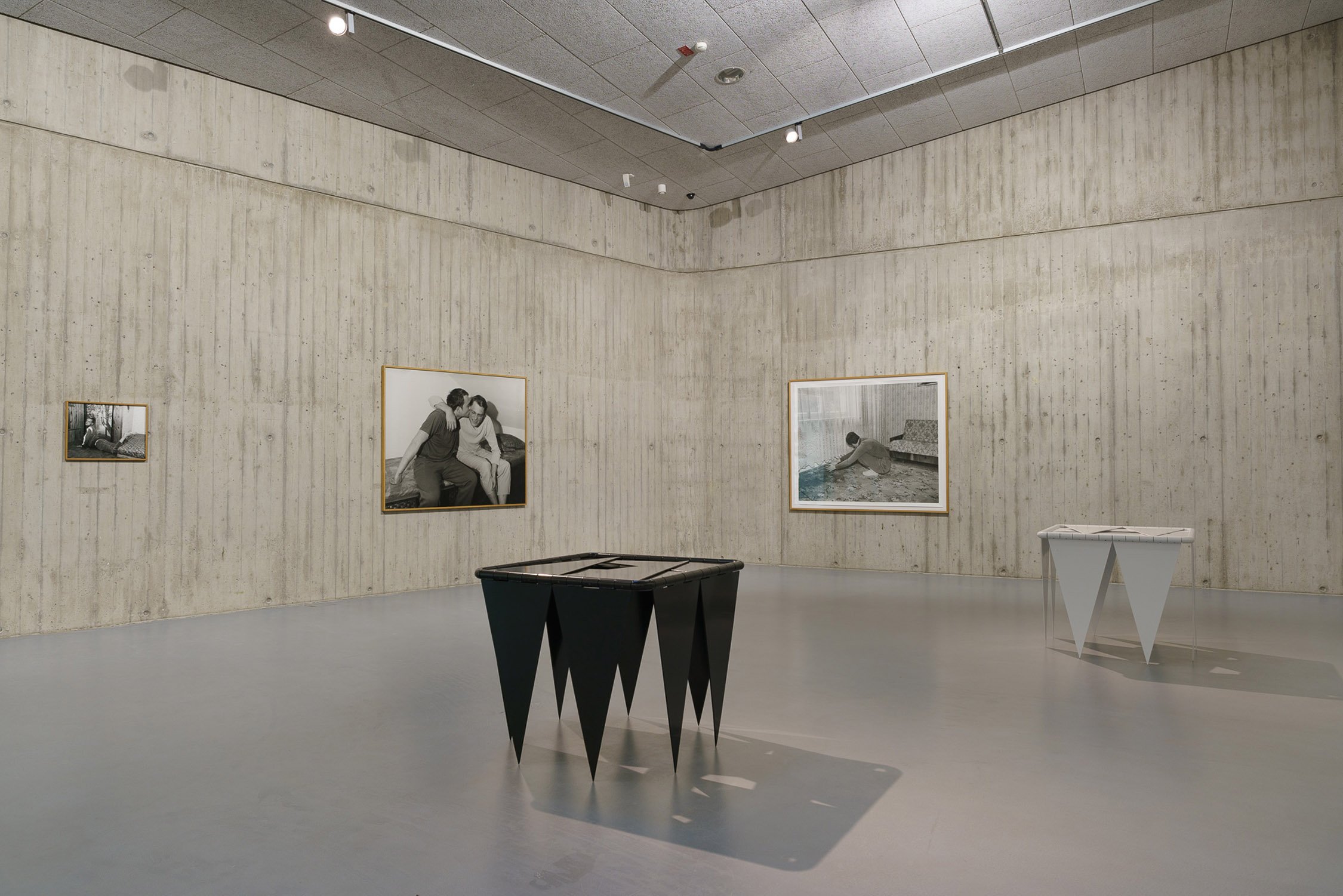
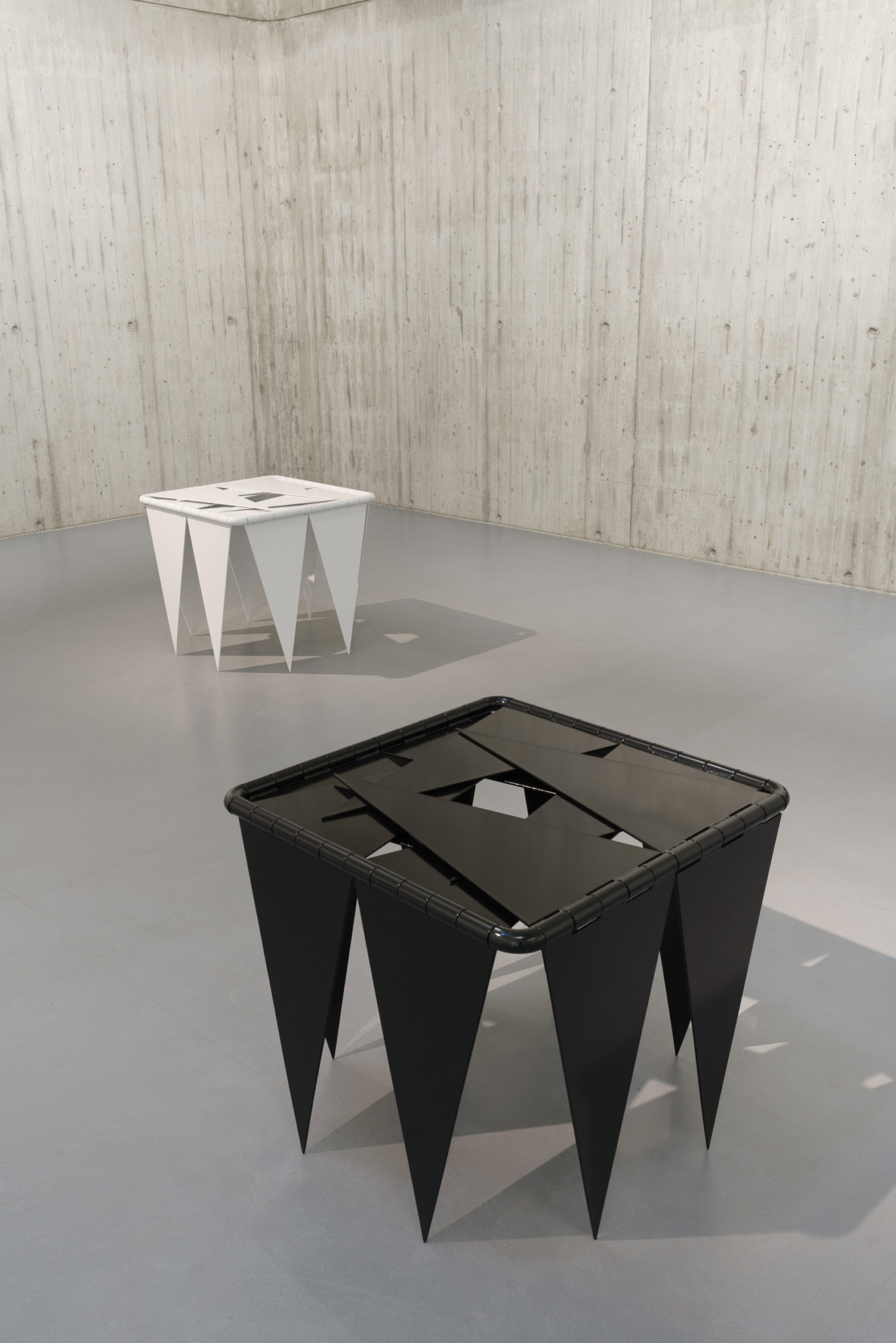


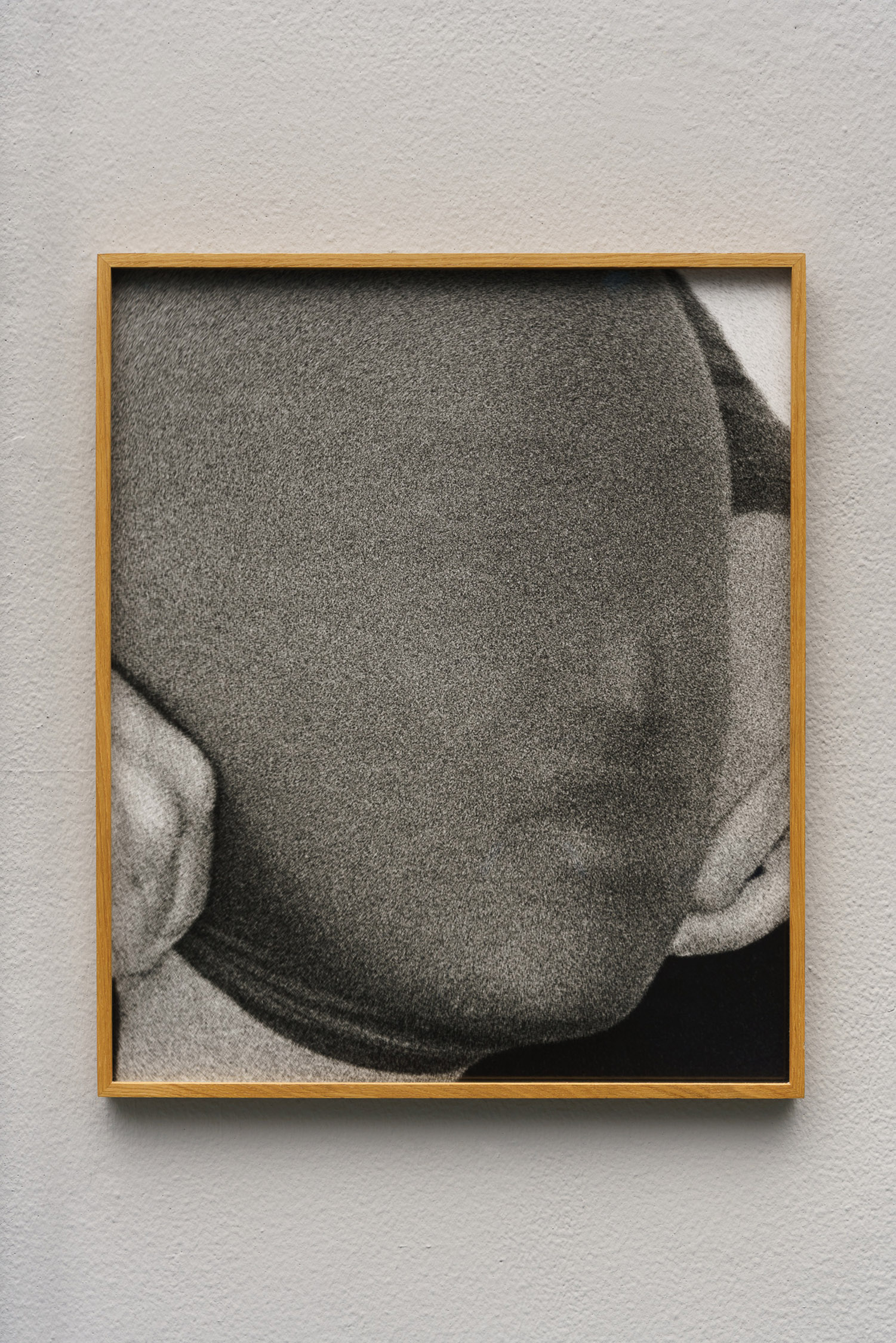
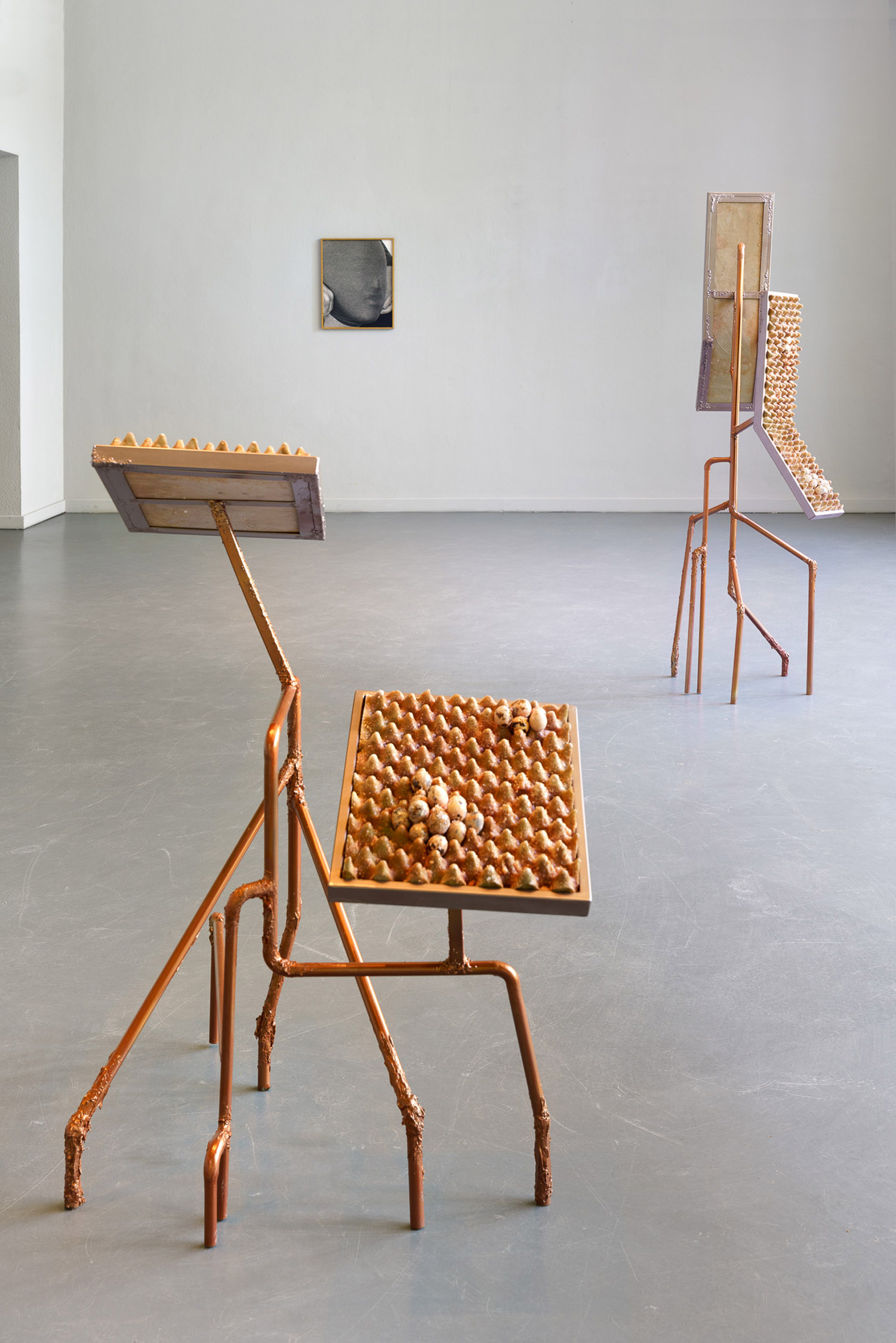
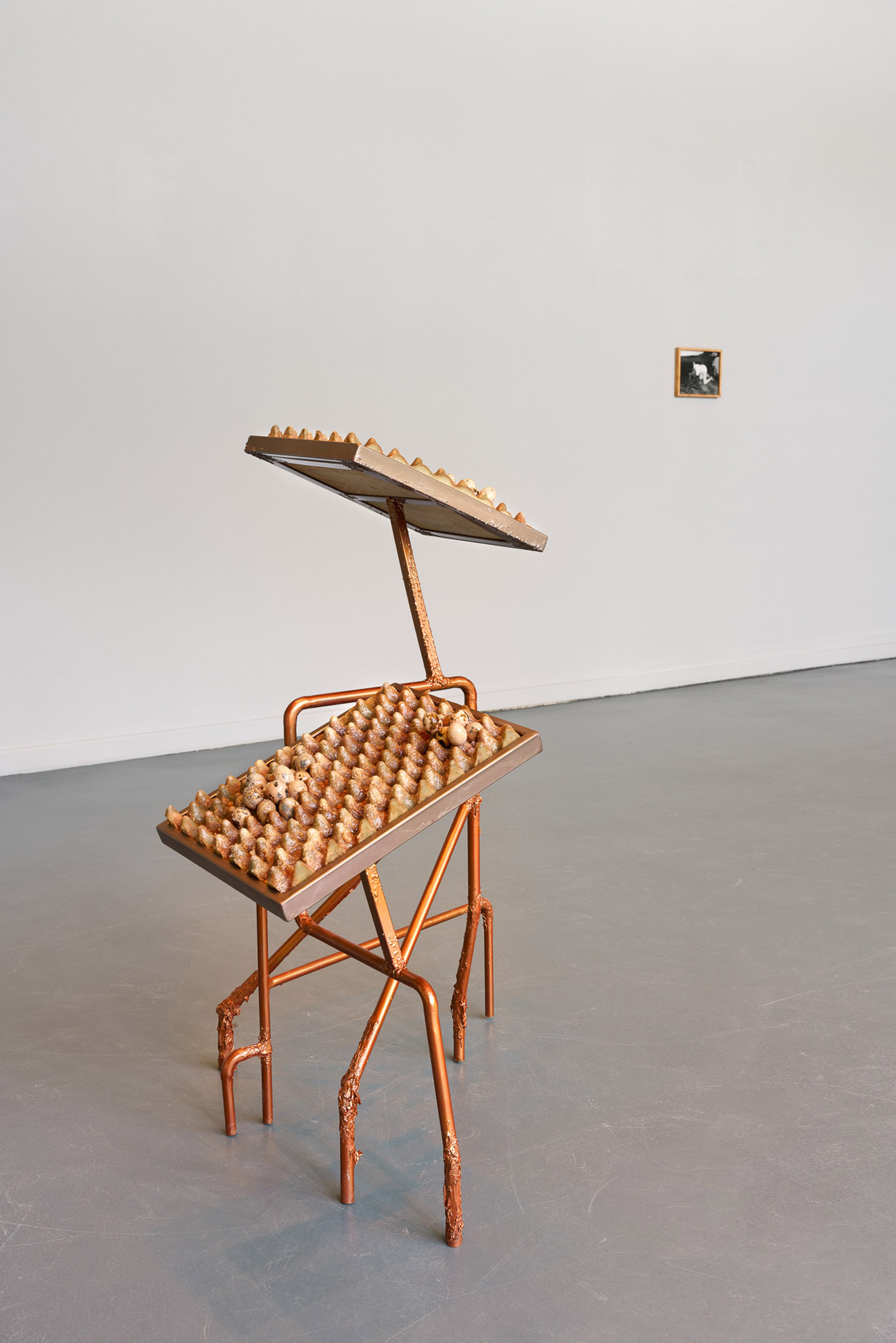
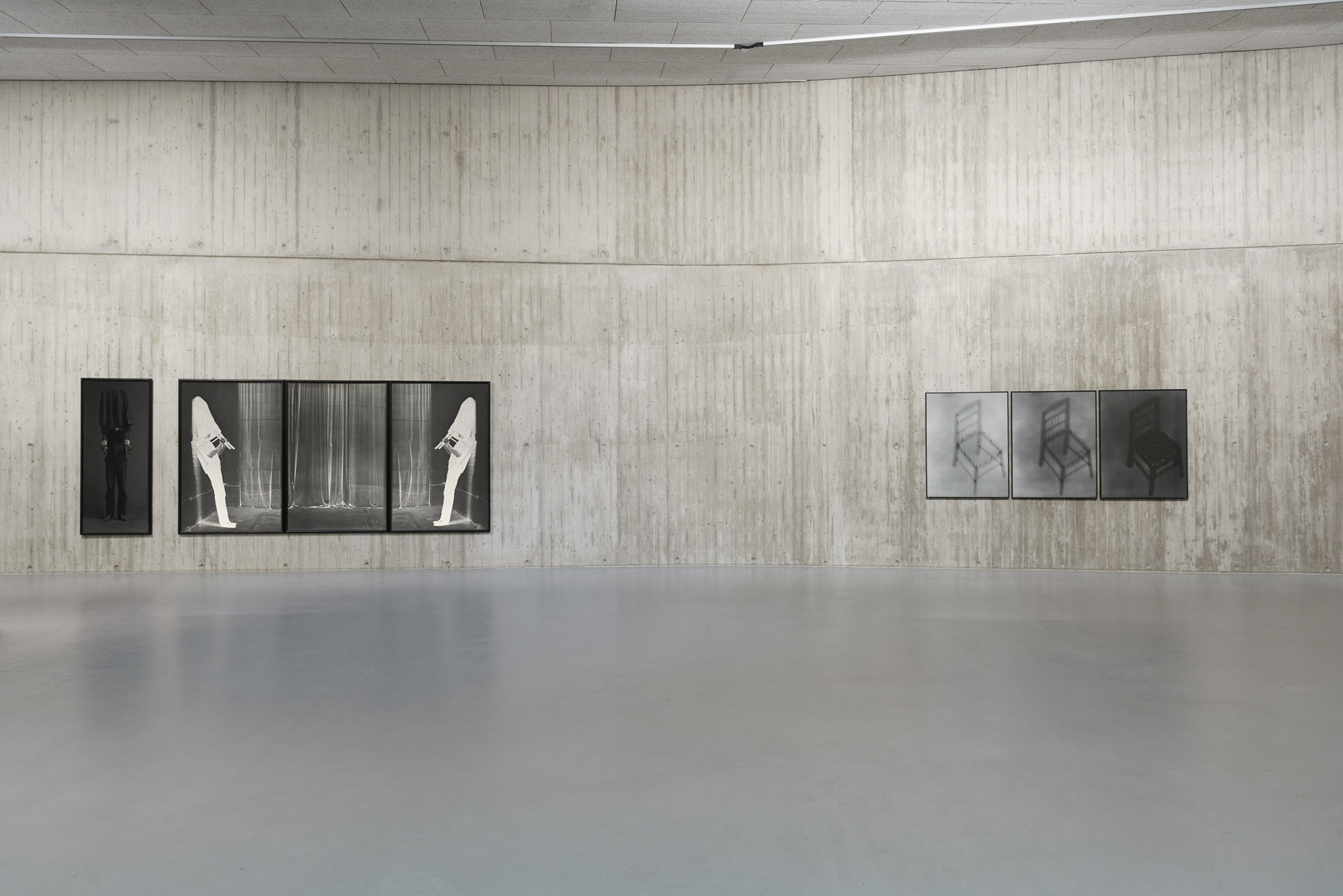
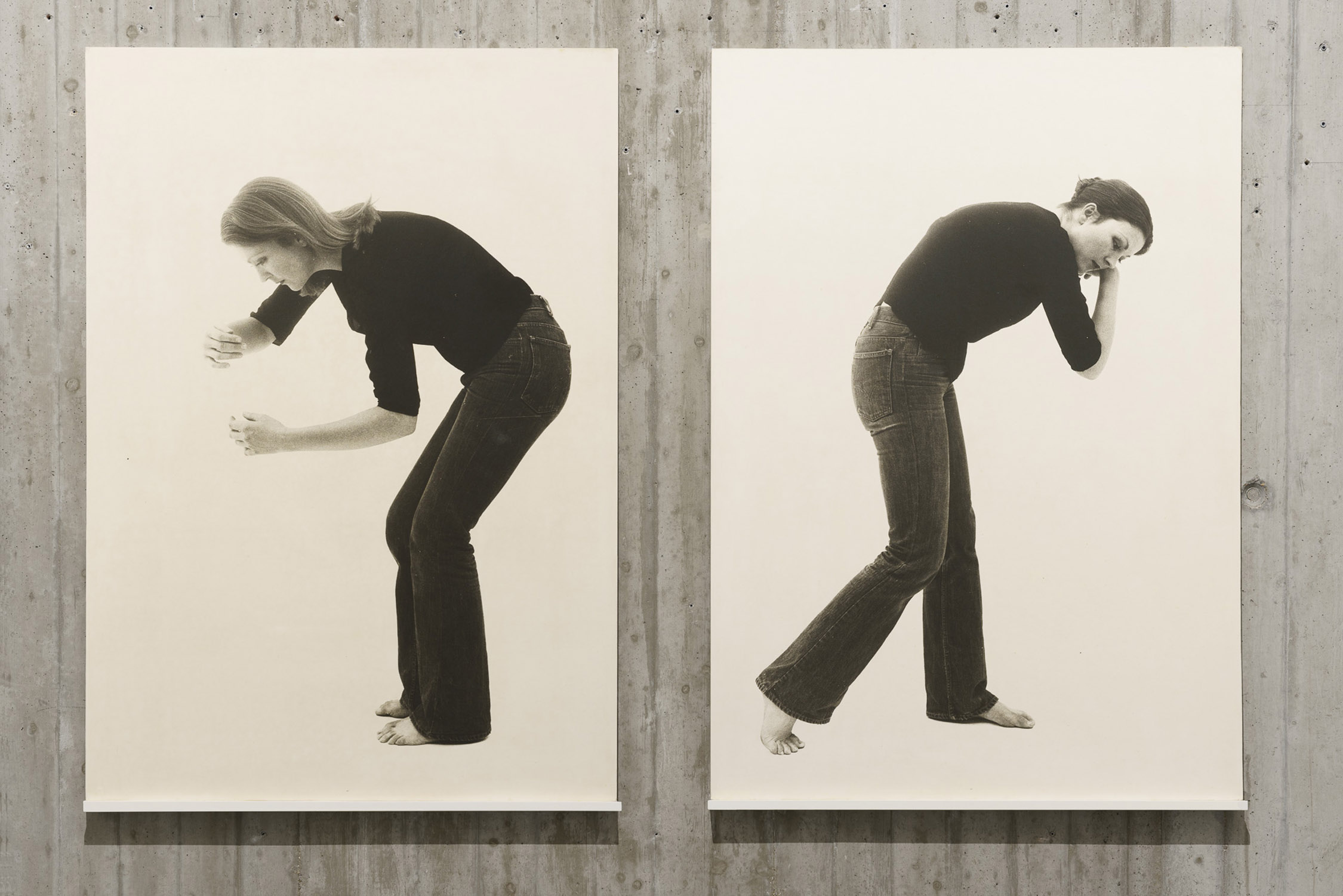
Body position: Reproduction silver gelatine print on fiberboard, 140×100cm. Photo: Jana Buch, courtesy of the artists and Neue Galerie Gladbeck. Curated by Luisa Schlotterbeck
